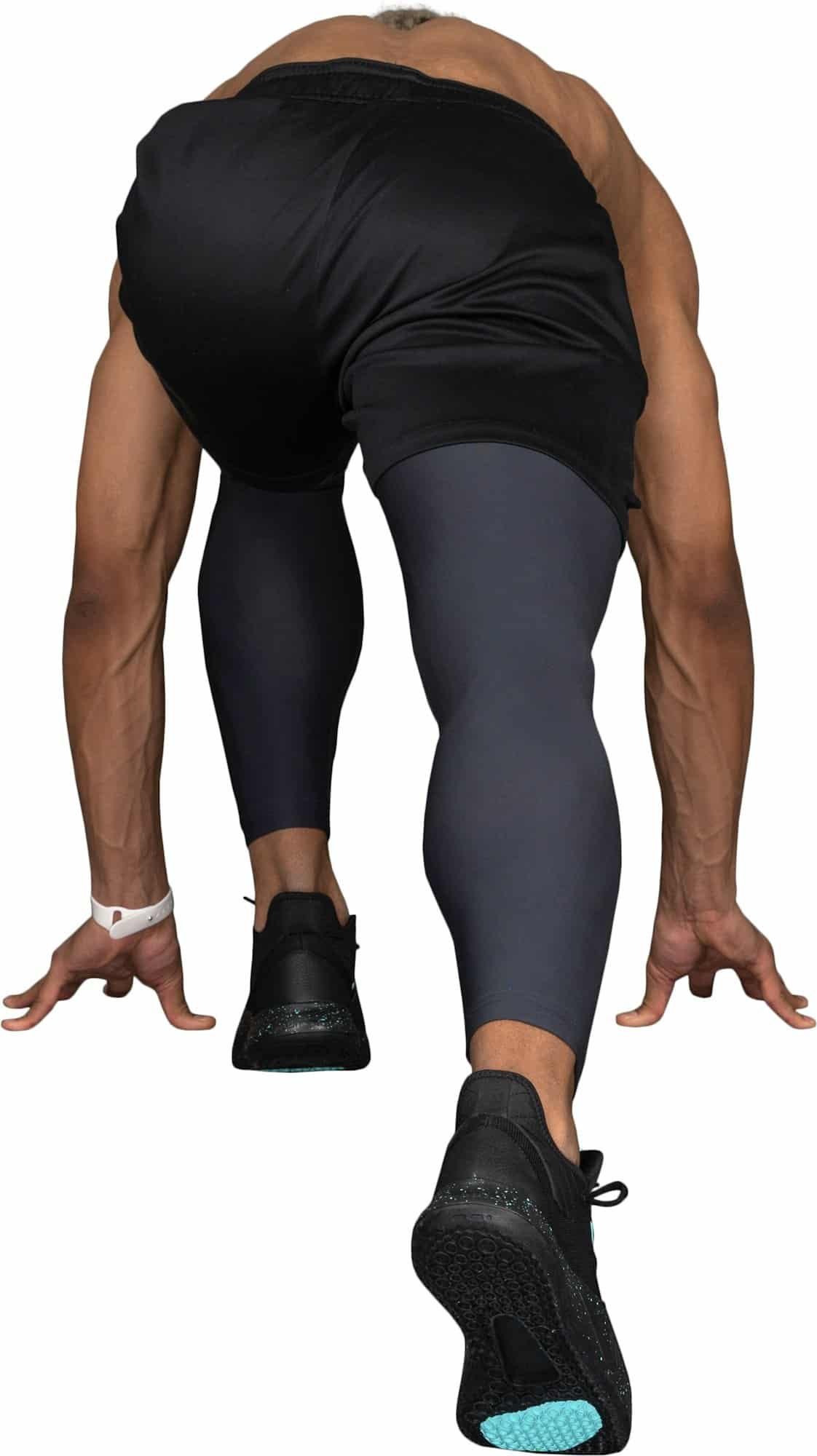As long-distance running continues to grow in popularity, so does the interest in techniques and technologies that can enhance performance, boost recovery, and reduce the likelihood of injuries. One such development that has gained significant attention in recent years is the use of compression garments.
Compression garments, you might have seen them on professional athletes, your gym-goer friends, or perhaps you own a pair yourself. They come in various forms, like socks, shorts, or tights, and are made from tightly woven fabrics designed to exert a consistent pressure on the body part they are worn on. But are they just another sports trend, or do they have real benefits? In this article, we will delve into the science behind the use of compression garments, particularly in the context of long-distance running.
This might interest you : What Are the Best Strategies to Mitigate the Risk of Overtraining in Competitive Rowers?
Understanding How Compression Garments Work
When you first see or wear compression garments, you might wonder how these tight pieces of clothing can potentially contribute to improved athletic performance or injury prevention. The answer lies in the science of compression.
Compression garments work by exerting a carefully calculated amount of pressure on specific muscles and tissues. This pressure aids in the circulation of blood, helping to transport oxygen and nutrients to the muscles more efficiently.
Topic to read : How to Develop Strategic Play-Calling Skills for Quarterbacks in American Football?
According to a study available on Google Scholar, wearing these garments during exercise can reduce muscle oscillation, which is the small-scale shaking that your muscles undergo when you move. This can, in turn, minimize the microscopic damage to muscle fibres that often occurs during intense, sustained physical activities such as long-distance running.
The Role of Compression Garments in Performance Enhancement
Now, let’s move on to how these garments can help enhance your performance. When you’re running long distances, your muscles need a consistent supply of oxygen to keep working effectively. Remember, the pressure exerted by compression garments aids in improving blood circulation, and better blood flow means more oxygen reaching your muscles.
Furthermore, a better blood flow can also help in the removal of waste products, such as lactic acid, which are produced during exercise. Accumulation of such waste products can lead to muscle fatigue. Therefore, by aiding in their removal, compression garments can help delay the onset of fatigue, allowing you to run longer distances without tiring. Indeed, a CGS (Compression Garment Study) confirmed that athletes wearing compression garments demonstrated improved stamina.
Compression Garments and Recovery
Aside from enhancing performance, another major benefit of compression garments lies in their contribution to recovery. After a long run or any intense workout, your muscles need to repair and recover.
The improved blood circulation promoted by compression garments can help speed up this recovery process. By enhancing the delivery of nutrients and oxygen to your muscles, and aiding in the swift removal of waste products, these garments can help your muscles recover more quickly from the stress of exercise.
A study on Google Scholar highlighted that athletes who wore compression garments during the recovery period after exercise experienced less muscle soreness and inflammation. This is because the compression helps to limit swelling and reduce the strain on your muscles.
How Compression Garments Help Prevent Injuries
The ultimate goal for any long-distance runner, whether you’re a novice or a seasoned marathoner, is to avoid injuries. Injuries not only cause pain and discomfort but they can seriously derail your training progress.
The good news is that compression garments can play a significant role in injury prevention. By reducing muscle oscillation and promoting better posture, these garments can minimize the risk of common running injuries such as shin splints, runner’s knee, and iliotibial band syndrome.
Additionally, the enhanced recovery benefits of compression garments mean that your muscles are less likely to be sore or fatigued. Over time, this reduces the likelihood of overuse injuries, which are particularly common among long-distance runners.
In conclusion, there’s more to compression garments than meets the eye. Designed with scientific principles in mind, they can be a valuable addition to a runner’s toolkit. However, remember that while they can enhance performance and aid recovery, they’re not a substitute for proper training, nutrition, and rest.
Studies Supporting The Use of Compression Garments
To get a clearer picture of the effectiveness of compression garments, it is helpful to look at the studies that support their use. One comprehensive study available on Google Scholar reported on the benefits of compression garments on muscle damage and recovery following exercise.
In this study, a control group of athletes performed a series of high-intensity exercises without wearing compression gear. Their muscle damage, heart rate, and recovery time were measured and compared to a test group that wore compression clothing during the same exercises. The results showed a significant reduction in muscle damage and a faster recovery time in the group that wore compression garments.
Another study, also available on Google Scholar, investigated the effect of wearing compression socks on the heart rate of athletes during and after a Marathon. The study concluded that runners wearing compression socks had a significantly lower heart rate post-exercise than those who did not wear them, indicating a more efficient recovery process.
Furthermore, an article on PubMed reviewed several studies on the effectiveness of compression wear in exercise recovery. The conclusion was that the majority of studies supported the use of compression garments for reducing muscle soreness and improving recovery following intense physical activity.
The full texts of these studies provide concrete evidence that compression garments can play a crucial role in enhancing athletic performance and facilitating recovery. However, it’s always wise to remember that individual responses to compression garments can vary, and they should be utilized as one part of a comprehensive training and recovery regime.
Conclusion: The Benefits of Compression Garments in Long-Distance Running
In the world of long-distance running, where performance and injury prevention are crucial, the value of compression garments cannot be overstated. By reducing muscle damage, enhancing blood flow, and facilitating faster recovery, these garments can be a game-changer for both professional and novice runners.
The science-backed benefits of compression garments, as highlighted in several studies available on platforms like Google Scholar and PubMed, provide compelling reasons for their use. These benefits, coupled with the practicality and versatility of compression wear, make them a must-have in every runner’s kit.
However, as pointed out in various PMC free articles, runners should remember that while compression garments can provide significant advantages, they are not a magical cure-all. Proper training, adequate nutrition, and sufficient rest remain the cornerstones of a successful long-distance running strategy.
In conclusion, if you’re a long-distance runner aiming to enhance your performance, speed up recovery, and boost injury prevention, incorporating compression garments into your routine could be a step in the right direction. Whether it’s compression socks, shorts, or tights, there’s likely a compression gear that fits your needs and preferences. As always, consult with professionals to ensure you’re using these tools safely and effectively.
In the end, it’s about finding what works best for you and your body – and who knows, that might just include a piece of tight, stretchy fabric!






